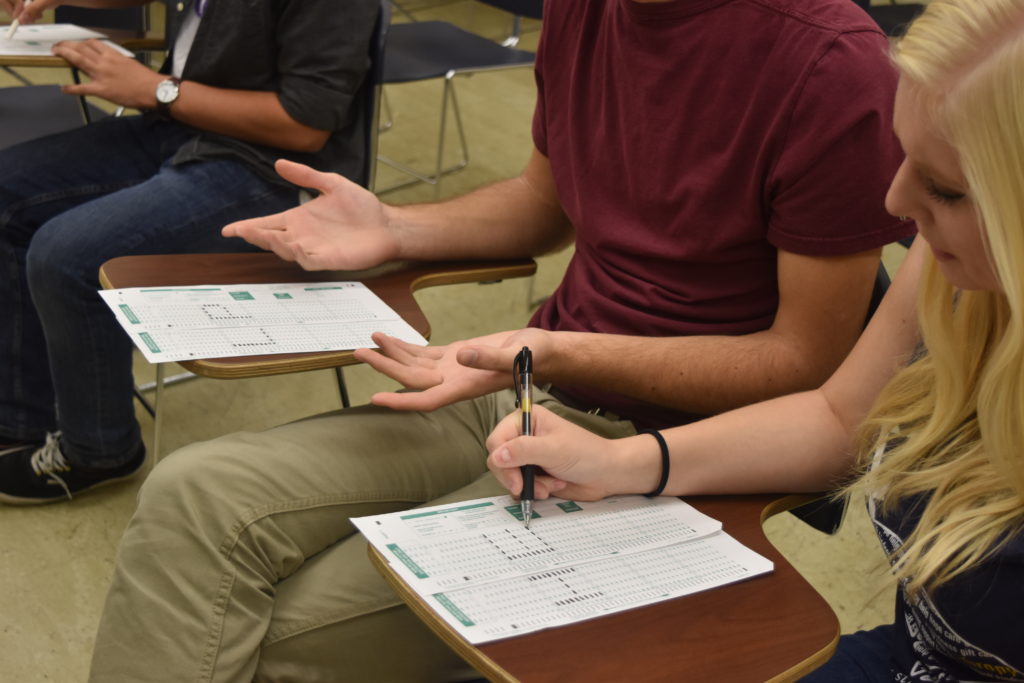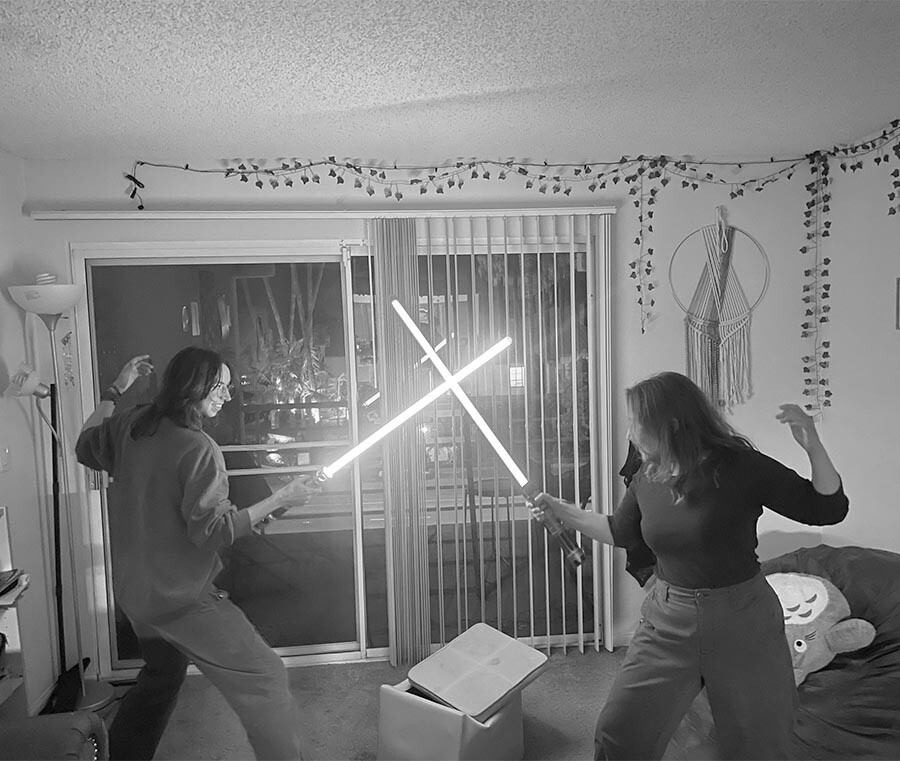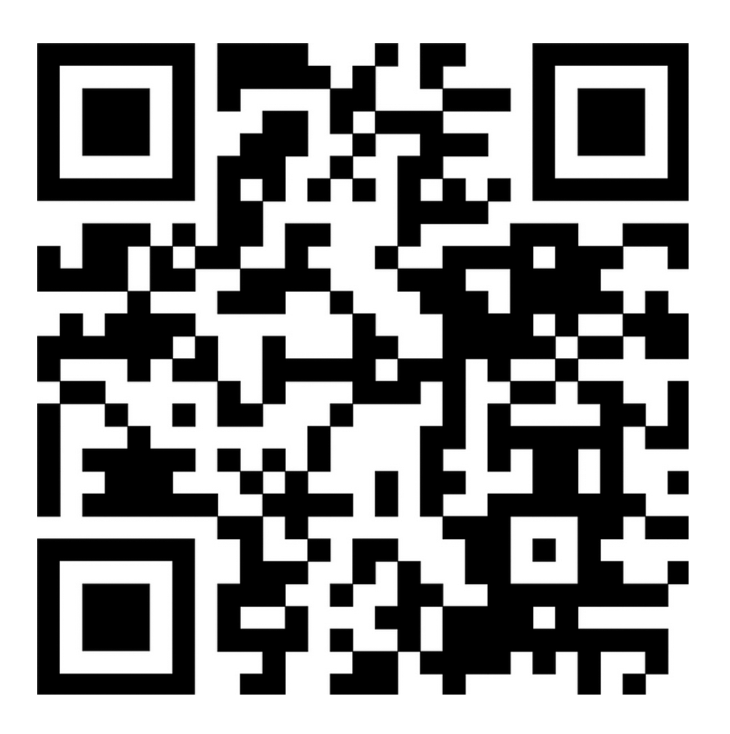
Photo by: Jen Windsor
Several California school districts adopted a new standardized test aimed at providing more effective determinations of a student’s intelligence and knowledge base. The test encourages divergent thinking by allowing for a wider range of mildly-correct answer choices to choose from and the opportunity to mark each bubble with either an “X,” a full circle, or a smiley face.
“Finding a test that accurately and unbiasedly gives us a complete picture of the intelligence and potential of a child has always been a bit of a challenge for education workers,” explained Polly Lansteen, board member of the San Diego Unified School District. “However, this time, we think we’ve cracked it with just a few minor changes!”
The new standardized test, referred to as the CCAASSPP, because it reportedly “rolled off the tongue a little better than CAASPP” is an attempt to include many common critiques of the standardized testing system. Barry Holmes, one of the masterminds behind CCAASSPP, reported that “one of the common complaints about standardized testing is that a student’s thoughts and understanding of a concept cannot be reduced to a few answer choices or all-or-nothing questions.
“However, by giving each student the ability to choose from 26 answers, A through Z on each question, I think it’s safe to say we have given them all of the choices they could possibly want.”
Barry continued, “We’ve listened to your feedback, and incorporated it. Now an artistic element will be included in each subject test, where students can choose from a wide variety of symbols to mark their answers with to express their sentiments towards the question. And just think about all of the new patterns you can make on your scantron with all of the added bubbles!”
CCAASSPP is projected to be released for the 2016-2017 school year, and administrators are already working to adjust to possible new challenges of releasing the test. Because of the time needed to read through the answer choices, districts are planning on providing students with a full 44 hour period, instead of the original eight hours provided. Students will be fully accommodated at the testing facility, and allocated 30 minute time periods for each meal, and a mandatory 10 minute “fun-time stretch break,” to destress.
The only concern with these changes is that the new tests will cut more into class time. However, board members are confident that teachers everywhere will easily be able to adapt to the shortened class time, in order to ensure that students are given the opportunity to participate in the CCAASSPP, described by its creators as a learning experience in itself.
However, administrators are well aware that there could be flaws or difficulties surrounding the new test release, and are planning on distributing a thorough feedback survey to students who take it. At press time, another CCAASSPP creator Fiona Romero stated the survey aims to “further improve the effectiveness of public education at providing diverse, in-depth learning opportunities and empowerment to students nationwide, and also see if the directions for opening and filling in the scantron would be clearer if in Cambria font, instead of Arial.”
Hannah Rosenblatt is an MQ alum. She was the 2017-18 Editor-in-Chief.











